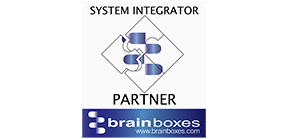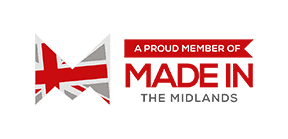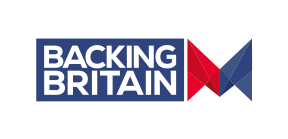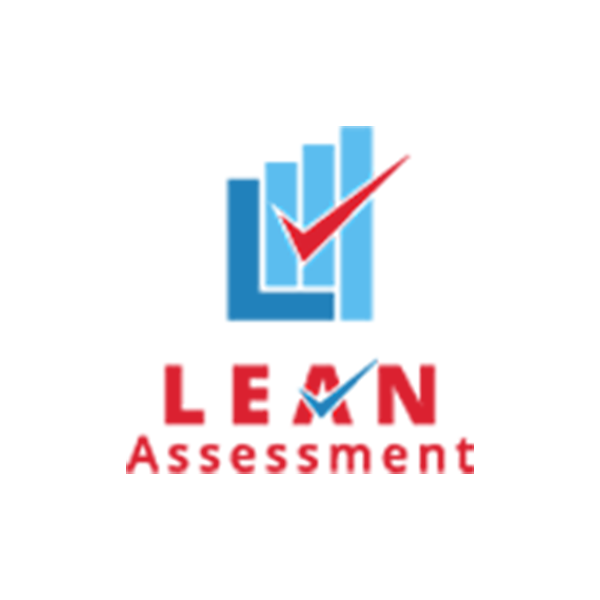How to start Lean Manufacturing Implementation?
- By Brett Griffiths
- Lean Technology
- March 19 , 2021
- Share
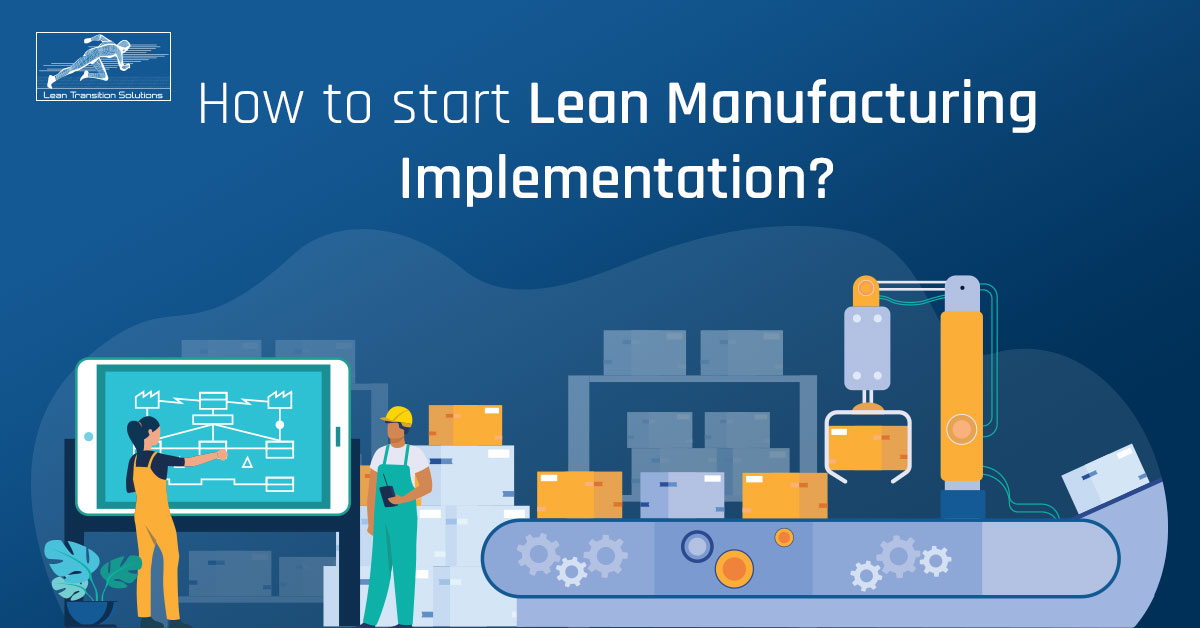
In the previous blog, 'Importance of an Influential Lean Culture', we have discussed the history of lean manufacturing. Lean manufacturing, or lean production, is a production ideology derived in the 1930s following the Toyota Production System (TPS). Womack and Jones defined lean as "a way to do more and more with less and less - less human effort, less equipment, less time, and less space - while coming closer and closer to providing customers, exactly what they want." Lean manufacturing aims at minimising waste while maximising productivity. Principles of lean manufacturing streamline business processes and procedures, and help organisations gain advantages in the competitive marketplace. Though many organisations realise the importance of implementing lean techniques, only a few apply them and see real-time benefits. There are various lean manufacturing tools that you can implement within your organisation. How to choose the right tool is the question. Well, the answer is, before choosing different lean tools, organisations should be well aware of the benefits of Lean Manufacturing; such as, improved efficiency, waste reduction, flexibility, increased productivity and customer satisfaction. Once you understand these benefits of Lean manufacturing, the next step is to answer the following questions.
- Why do you need Lean?
- What is the real problem?
- What should be happening?
- Which are the areas that need improvement?
- Are you ready for the shift to lean manufacturing?
To answer these questions, organisations should analyse the current scenario and pinpoint different processes where improvement is required. The next step is to identify various lean tools and techniques suitable for your organisation. For someone who is new to lean, this is quite taxing. Getting a consultation from Lean experts will ease this process. Implementing the right lean tool will create an influential lean culture. Let us explore some of the lean tools and techniques.
Basic Lean Tools & Techniques
The basic concept in Lean Implementation is to minimise waste using robust and efficient business processes. Lean manufacturing standardises everyday tasks and creates an environment to learn and improve continuously. All the tools and techniques support this basic idea of lean manufacturing. Lean manufacturing combines multiple tools and techniques to drive change in manufacturing and production processes. Let us look at some of the most common, effective and successful lean tools used by organisations worldwide.
1. Lean 5S
5S principles entail organisations to achieve a more stable and organised system. An organised workplace paves the way for a safer, efficient and productive environment. 5S prioritises efficacy and effectiveness within the workplace. The principles of 5S, 'Sort', 'Set in Order', 'Shine', 'Standardise', and 'Sustain' systematically accomplish total organisational cleanliness and standardisation.
2. Just in Time (JIT)
Just-in-time is an on-demand manufacturing system that allows manufacturers to go into production only after the customer has requested a product. Instead of creating large quantities together, products are manufactured based on actual demand. This will reduce unnecessary inventory cost and ensure that companies spend only on the produced stock.
3. Jidoka
In simple terms, Jidoka is automation with a human touch. Implementing the Jidoka concept allows anyone in the organisation to stop the workflow as soon as they notice a problem that affects the product's quality. Once the problem is solved, root-cause analysis is done to prevent their recurrence. Jidoka protects the company from delivering products of low quality or defects to customers.
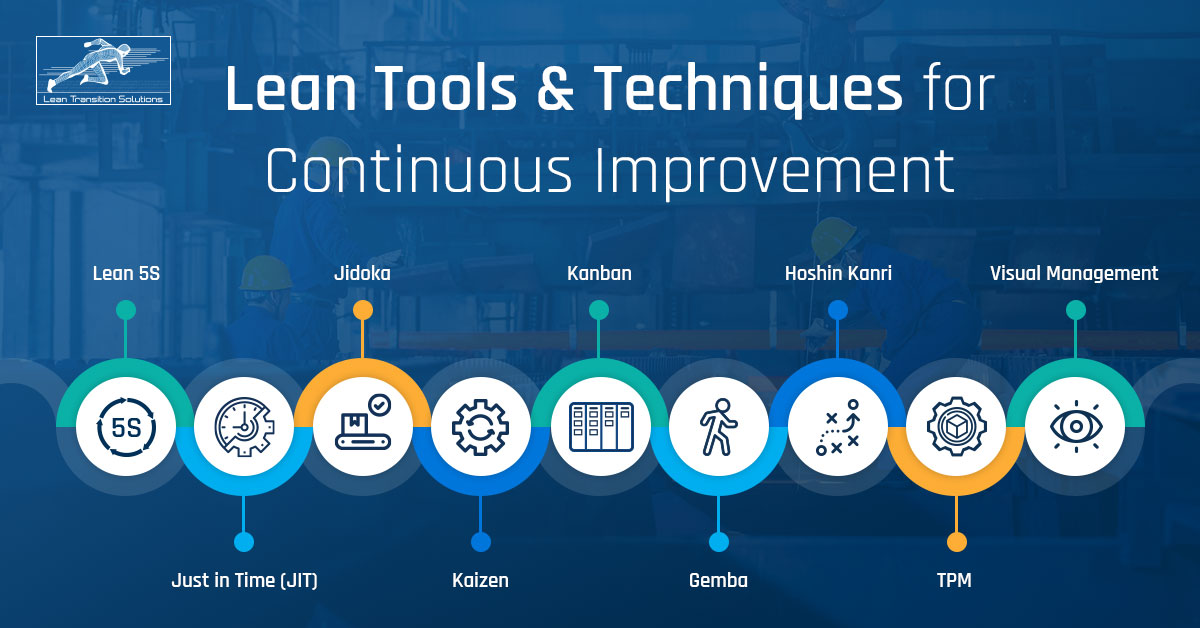
4. Kaizen
Kaizen's ultimate goal is to eliminate waste and redundancies in lean manufacturing, by improving standardised programmes and processes. Kaizen acts as an essential pillar of an organisation's long-term competitive strategy. Kaizen is a systematic approach for business improvement that creates a culture of continuous improvement.
5. Kanban
Kanban is a production system that uses cards to represent different stages of production. Kanban provides a visual demonstration of the ongoing process and ensures there is no interruption in the flow. The objective of Kanban is to produce according to customer demand and identify possible material shortages within the production line.
6. Gemba
In Lean manufacturing, Gemba refers to "the place where value is created," such as the shop floor in manufacturing. Gemba is one of the five Lean guiding principles that Lean leaders should practise daily. Gemba walks maintain lean practices and drives improvement within the organisation. Gemba will analyse your existing strategies and gives suggestions for overall development.
7. Hoshin Kanri
Hoshin Kanri is a seven-step process used for strategic planning, where strategic goals are communicated throughout the organisation and then put into action. This method helps eliminate waste that comes due to poor communication and inconsistent direction within the organisation. The goal is to get everyone aligned and to work toward the same strategic goals.
8. TPM
Total Productive Maintenance (TPM) is a lean tool focused on maintaining and improving manufacturing machinery, by preventing machine downtime within the production process. TPM limits downtime as much as possible to increase production efficiency. The main aim is to continually improve overall equipment effectiveness (OEE), without hindering manufacturing or production processes.
9. Visual Management
Visual management is a vital tool in the world of Lean and can be seen as the link between the data and the people. Visual management will enable organisations to identify problems, reduce waste, reduce production costs, shorten lead times, reduce inventory, create a safe working environment and even increase profits. It provides clarity at a glance. Visual management provides an overview of the entire process and helps in taking and implementing corrective measures.
By implementing Lean Tools, you get the opportunity to eliminate waste, save money, and grow your business. The ultimate aim is to develop processes that work toward continued success. Lean tools create an environment of continuous improvement, which will align with the organisation's long-term strategic goals. Not just the implementation, but a regular assessment is needed to ensure the effectiveness of these tools. A faultless lean culture is a result of implementing and continuously monitoring these lean tools and techniques.
Reference
1 Womack, J. P. and D. T. Jones. 1996. Lean Thinking: Banish Waste and Create Wealth in Your Corporation. New York: Simon & Schuster. p. 15
Start Free Trial
LEAN TRANSITION SOLUTIONS
The Old Vicarage, Pershore Road, Upton Snodsbury, Worcester, Worcestershire, WR7 4NR, United Kingdom.
BLOG
Lean Transition Solution
-
Lean Industry 4.0 Solutions
- TITAN:Computerised Maintenance Management System
- Data Point:Computerised Balanced Scorecard
- Janus: Automated Shop-floor Data Capture System
- T-Card: Integrated Production Planning and Plant Level Execution System
- JDI: Maintenance Automation App
- Maximus: Integrated ERP System
- e-Contractor: Integrated In-house Contractor Management System
- Q-Point: Integrated Quality Management System
- Safety-Point: Integrated Health and Safety Management System
- Lean Assessment: Lean Audit and Assessment System
- Saisho: Lean 5S Audit and Assessment App
- Emergency Response App: To Manage Emergency Situations
-
Leadership 4.0 Solutions
- Your Career Academy(YCA): Learning and Development System
- YCA e-Learning : Management System
- MentorYou(MU): Mentoring App
- Leadership 4.0 : Leadership Transformation Program
- Lean Manufacturing Workshop
- Lean Manufacturing Consulting
- ILM Accredited Green Belt Training and Certification Program
- ILM Accredited Black Belt Training and Certification Program
- Software Development Service
- Resources
- Company
- Contact
